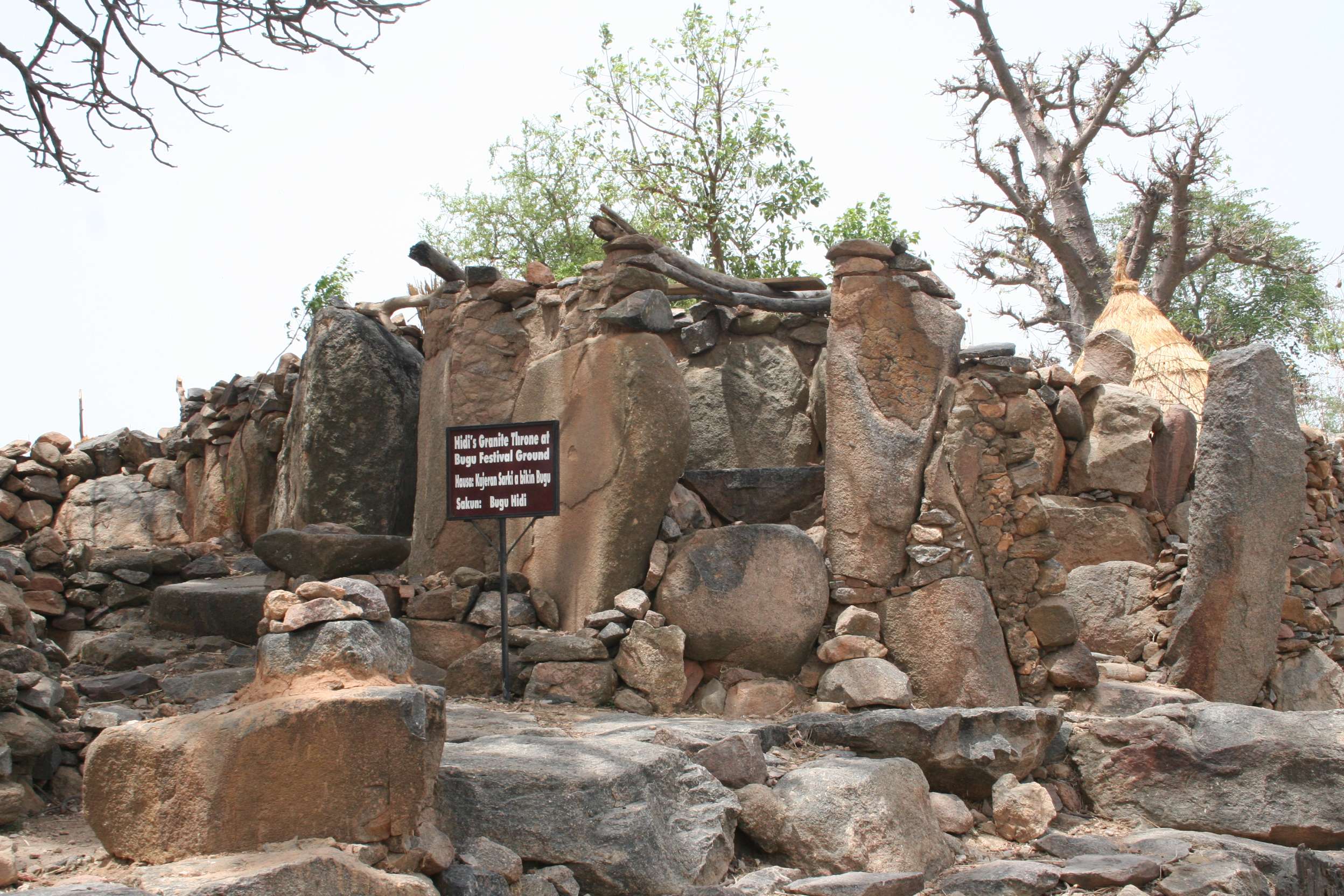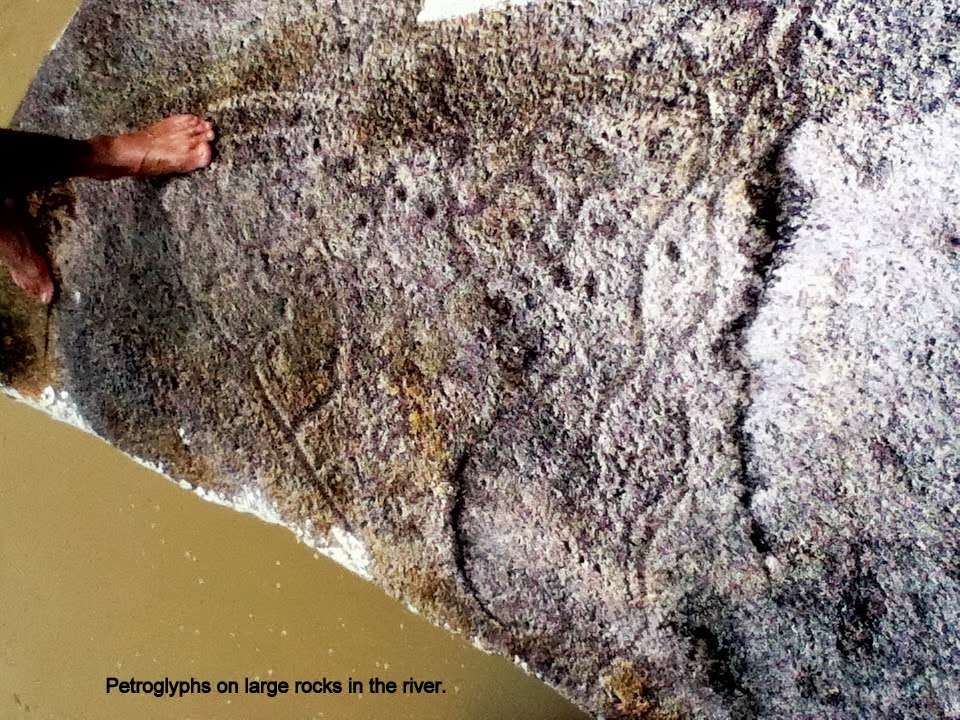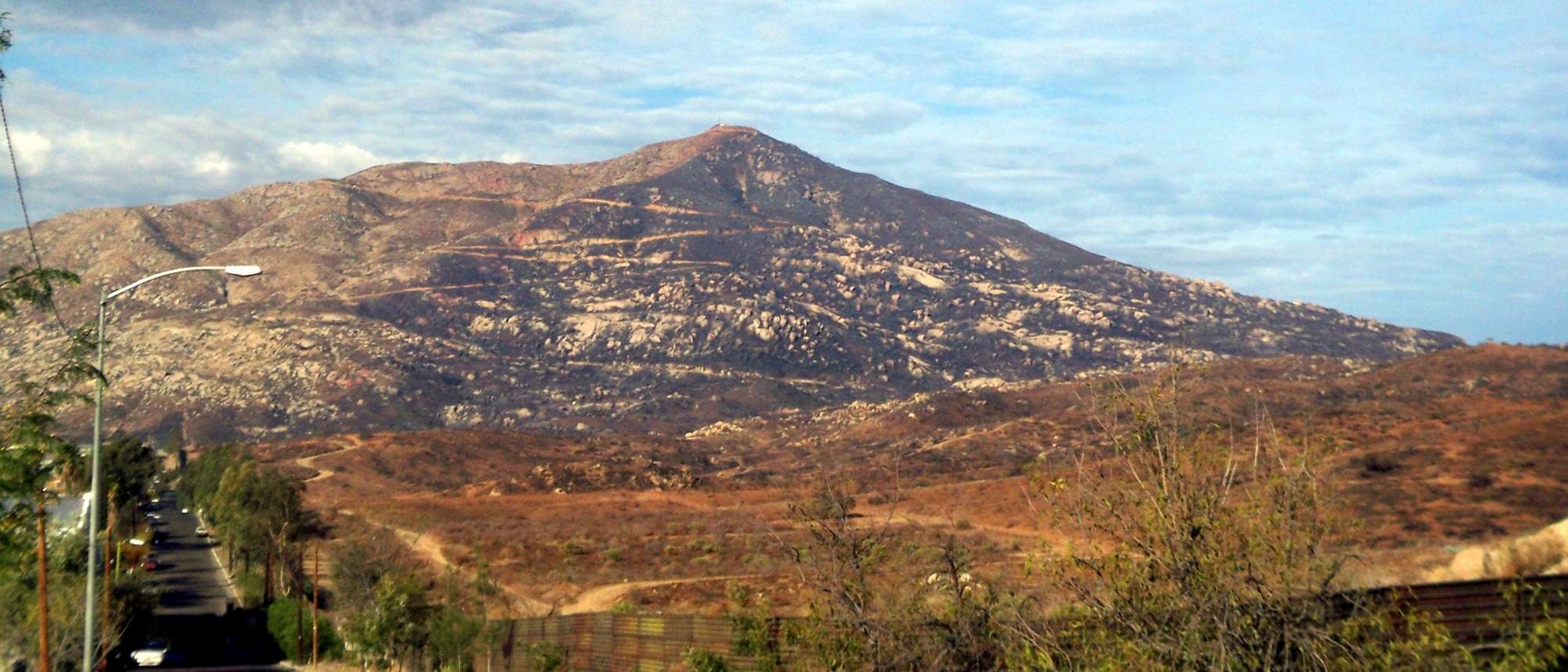The relationship between people and land is immensely important. A community’s rights, identity, history, and future are all affected by this interconnectedness. Archeological remains and geologic history testify to these changing relationships between people and their environment. Unfortunately, sites are frequently threatened by development projects that can destroy this cultural heritage and environmental record.

Development banks like the World Bank have missions that go beyond profit to include “reducing poverty” and “promoting shared prosperity.” For many communities, wellbeing and prosperity are defined, in part, by an active connection to their cultural and spiritual heritage, often tied to geographic sites. For others, ancient sites provide significant contributions to human knowledge. In science, artifacts and rare geologic samples can show us how the Earth has changed over time and how our ancestors adapted. This can guide climate change management, agriculture, and other sustainable practices.
The importance of preserving archeological sites during large-scale development projects has been recognized and regulated both nationally and internationally. Additionally, most multi-lateral development banks (though not all) have safeguards to protect such sites, while other financial institutions may use the guidelines set forth in the Equator Principles. Governments have regulatory laws, and organizations like the United Nations recognize not only how people interact with their land and cultural sites, but also the fundamental need to preserve heritage sites through international conventions. However, when companies and institutions don’t consult with communities or do their due diligence, these laws and safeguards are rendered irrelevant – resulting in significant damage.
CIEL works to ensure that development banks strengthen their safeguards, alongside many in the field of archeology and in communities that promote awareness of potentially harmful projects and more proactive protection of sites. Yet important sites continue to be destroyed.

Currently, the Alto Maipo Hydroelectric Project (PHAM) in Chile is a case where the International Finance Corporation (IFC) and Inter-American Development Bank (IDB) policies and standards aren’t preventing impacts to important sites due to poor project preparation and implementation. Sites of archaeological and paleontological interest that were not included in the project’s impact assessments were found in its area of influence and are being destroyed without research or preservation. Experts say there are more sites to be discovered. Impacts to several protected heritage zones were also not evaluated, including the Camino del Inca, a world heritage site that is affected by PHAM construction. These points were recorded in recent complaints submitted to the accountability mechanisms of the IFC and IDB.
The North Baja Pipeline project further highlights the devastation of unchecked infrastructure development. This pipeline intersects indigenous Kumeyaay (also spelled Kumiai) land in Baja California, including locations previously recognized by Mexico’s National Institute of Archaeology and History. Due to a fast-tracked process that lacked community consultations and adequate impact assessments, large bedrock mortars of importance to the Kumeyaay were destroyed. As a San Diego State anthropologist reiterated, these sites were areas of historic significance that “represent direct links with generations of ancestors and are still layered with meaning in the minds of descendants.”

In addition to irreplaceable loss to communities, science, and history, the lack of archeological assessments and respect for cultural heritage is symptomatic of larger flaws with the way large-scale infrastructure projects are evaluated. For example, both the Chilean hydroelectric project and the pipeline in Baja California faced intense, widespread opposition. The PHAM is behind schedule and over budget; the North Baja Pipeline and its gas plant make little financial sense. Moreover, both implied extensive environmental impacts. These projects were bad for the developers, damaging for the reputations of supporting institutions, and devastating for affected communities. Steps to ensure good project management, scientific accuracy, and community involvement weren’t taken, leading to incorrect calculation of resources and unforeseen impacts. Had due diligence occurred, damages could have been avoided.
Policy implementation is also important. The IFC and other banks determine whether their cultural heritage policies apply based on the Environmental and Social Impact Assessment a company submits, an assessment that should comply with national laws. However, as with the PHAM, if a company conducts poor archeologic surveys or there’s corruption in the government approval process, the banks’ cultural heritage policy does not get “triggered.” Safeguards would be stronger if endangered sites were determined by an independent contractor or community leaders; independent mandatory monitoring of cultural heritage sites should be implemented throughout the life of projects.
Given that archeological and paleontological artifacts are limited and irreplaceable, their protection is critical. Sites have economic, social, and spiritual considerations, feeding communities’ understanding of identity and sometimes providing job opportunities. They connect people to place and time, providing the opportunity for increased knowledge and understanding of ourselves and one another.
When archeology is respected, people benefit. When companies anticipate archeological impacts and don’t have to make costly last-minute adjustments, they benefit. Multilateral development banks should care about both aspects and endeavor to fortify the protection of heritage sites. When conducted well according to defined national and international policy, development and archeology can coexist and aid one another. Understanding the past is key to a sustainable future, one for which CIEL continues to fight.

By Olivia Luciani, EWS Intern
Originally posted August 1, 2017
